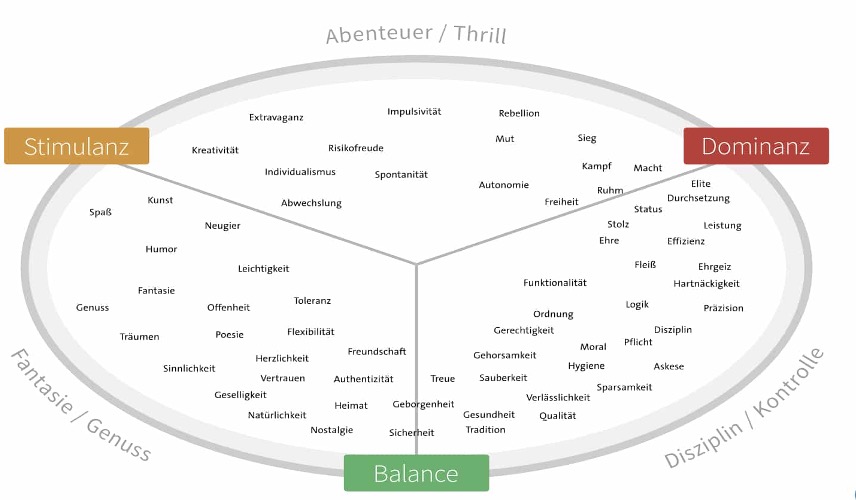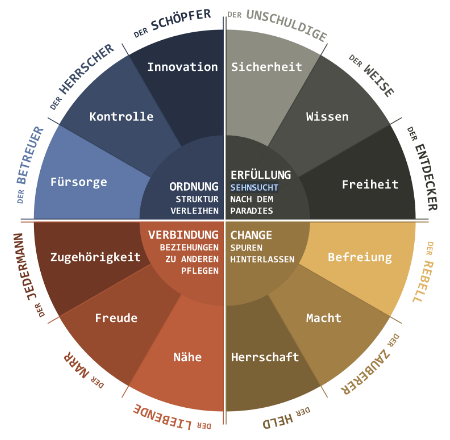What does my company actually stand for? What added value does my brand offer? How do I address my target groups appropriately?
With the right brand positioning, you make your brand perceptible and tangible. Brands that we do not perceive do not exist for us. Because we don’t live in the competition of brands, we live in the competition of the perception of them.
What does brand positioning mean?
Brand positioning is important for the appearance of your company – both offline and in the digital world.
On the one hand, the perception of a brand ‘s positioning determines the target group’s trust in the company and thus its identification with the company.
On the other hand, the basic habitus of a brand – the brand promise) – is essential for brand trust.
Successful brands are characterized by solid brand positioning. Despite competitive pressure, they leave a lasting impression on customers.
How’s that for your brand? Are you clear on what your brand promise is? Is it recognizable for your target groups what emotional benefit your service or product offers?
Brand promise - the connection of decision with emotion
A brand promise goes hand in hand with the emotion that the customer associates with the company or its services or products.
We perceive pure facts and data. But it is only when the information appeals to our emotions that we remember it and are capable of action or decision. Because decisions are rarely made rationally, but mainly emotionally!
Customers opt for what gives them emotional added value.
Thus, the main task of a brand is to demonstrate through communication what emotional added value – in addition to the purely functional added value – it brings to buyers.
The larger the range of products or services and the less distinguishable their features, the more important is the question: How can emotion be linked to the company and its services to make it distinguishable for relevant target groups? How can the brand be “emotionally charged”?
From brand values to brand essence
In order to “emotionally charge” a brand, the positioning process first requires defined brand values.
These values can be, for example: quality, reliability, flexibility, performance, trust, safety, creativity, functionality, efficiency, precision, handshake quality or loyalty. These are all desires and expectations that people have.
They can be mapped and related to each other with the help of the Limbic® Map from the German Nymphenburg Group. The name Limbic® Map refers to the limbic system of the brain, which is responsible for emotion processing and thus controls decisions.
In this emotional and value space of the Limbic® Map, the defined values are used to locate and position the brands .These then subsequently determine the brand core.

From brand essence to archetype
Once the brand core has been defined, the brand archetype can be derived from it.

Archetypes help to highlight the company's values that are important to the brand promise and strengthen emotional brand perceptions.
If you would like support in positioning your company and your brand, we will be happy to advise you and help you reach your potential customers in the best possible way.
Until the next update – your Growth Ninjas,
Adrienne, David, Hermann, Johannes, Katharina B., Stefan K. & Stefan G.




